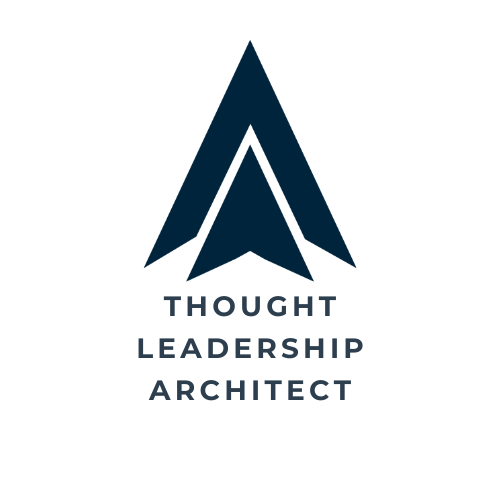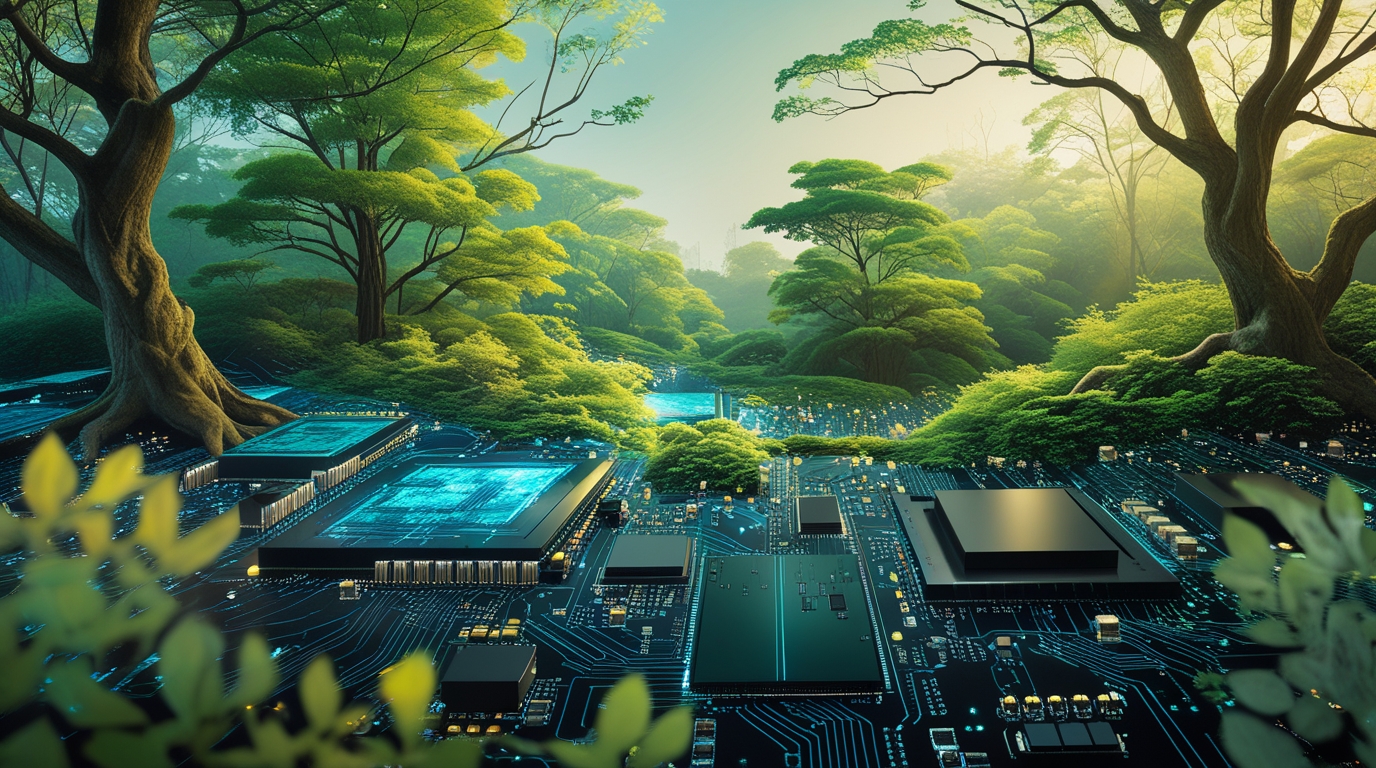By Brigetta Margarietta
AI: it’s the secret sauce powering today’s business breakthroughs, whispering insights, and drafting your next thought‑leadership masterpiece. But behind the sleek lines of those algorithms lies a resource saga worth examining. How can we align AI’s transformative power with planetary boundaries? Let’s architect an AI future that’s smart and sustainably savvy.
1. The Energy Equation: AI’s Greedy Appetite
AI isn’t just digital—it’s physical. Massive data centers hum along, consuming 4 % of U.S. electricity today, with potential to triple by 2028 Planet Detroit+7Times Union+7The Washington Post+7. The IEA projects global electricity demand from AI data centers will more than double by 2030, even quadrupling AI-specific usage Axios+3The Guardian+3Jacksonville Journal-Courier+3.
As OpenAI’s Sam Altman put it to Congress, “The cost of AI will converge to the cost of energy.” Energy is no longer a cost—it’s the ceiling of possibility for AI advancement TIME.
2. The Water & Mineral Story
AI’s thirst extends beyond electricity. Cooling data centers swallows vast quantities of water—often millions of gallons per day—creating real strain on local supplies UNEP – UN Environment Programme. Extracting the minerals behind AI hardware (think lithium, gallium, rare earths) often disrupts ecosystems and leaves a trail of e‑waste, with AI expected to contribute up to 5 million metric tons globally by 2030 Institute of Energy and the Environment+12UNEP – UN Environment Programme+12ComplexDiscovery+12.
3. AI as Architect of Its Own Solutions
Here’s the plot twist: AI can also help heal the wounds it inflicts.
- It can slash energy waste—in some cases lowering carbon emissions by 30–50 % when optimizing industrial systems Sustainability Magazine.
- At scale, AI can transform grids, energy production, and even materials science for greener infrastructure UPenn EIIClean Energy Forum.
- Meanwhile, innovations like immersion cooling and recycled mineral sourcing are beginning to rewrite the hardware story TechRadar+1.
4. Regulations & Reporting: Building Trust (and Accountability)
Today’s tech leaders are promising greener operations—yet independent oversight remains patchy. The UN Environment Programme is calling for standardized AI‑climate reporting, while efforts in the EU (like the AI Act) hint at building a sustainability‑by‑design guardrail UNEP – UN Environment Programme+15ComplexDiscovery+15arXiv+15.
This spring, the IEA emphasized that sustainability must lead the AI‑energy nexus Sustainability Magazine. Transparency isn’t optional—it’s the foundation of trust.
5. When Efficiency Becomes Demand: Jevons Strikes Again
Here’s a quirky twist. Efficiency doesn’t automatically equal sustainability. The Jevons Paradox reminds us: using fewer resources per unit can ramp up overall consumption. As AI gets cheaper and more efficient, demand surges—and so does resource drain Wikipedia.
6. Visionary Steps Toward Greener AI
A roadmap for thoughtful AI professionals:
| Strategy | How It Helps |
|---|---|
| Energy‑aware Design | Measure carbon/water footprints for full transparency |
| Model Optimization | Use efficient algorithms, training fewer times |
| Green Data Housing | Co-locate centers near renewables, embrace immersion cooling |
| Circular Hardware | Recycle chips, extend service life, source responsibly |
| Cross‑Sector Regulation | Embed sustainability into AI policy and industry standards |
Thought Leadership That Thinks Green
AI isn’t just about smart; it’s about responsible smart. As a Thought Leadership Architect™, you can champion AI that’s not only compelling—but conscientious. By shaping narratives that balance innovation with stewardship, you lead with intelligence and impact.
Bibliography
- Sam Altman at Congress: “The cost of AI will converge to the cost of energy.” arXiv+3TIME+3ComplexDiscovery+3arXiv+3Wikipedia+3Wikipedia+3ComplexDiscovery+3Wikipedia+3vox.com+3TechRadar+1
- Times Union editorial on AI energy demand tripling by 2028 Times Union+2vox.com+2
- IEA: AI data center usage to double/quadruple by 2030 The Guardian
- UNEP on AI’s mineral, water, e‑waste impacts ComplexDiscovery+3UNEP – UN Environment Programme+3Wikipedia+3
- Wikipedia: AI’s projected e‑waste and resource usage Wikipedia
- Yale: AI’s energy/carbon efficiency in industrial settings Clean Energy Forum
- TechRadar: Cooling and mineral reuse strategies TechRadar
- Academia (Hacker): Sustainable AI regulation framework arXiv
- Efficiency paradox effects from Wikipedia Wikipedia
#ThoughtLeadership #SustainableAI #GreenTech #EthicalInnovation #EnergySmartAI #FutureProof #ThoughtLeadershipArchitect



Leave a Reply